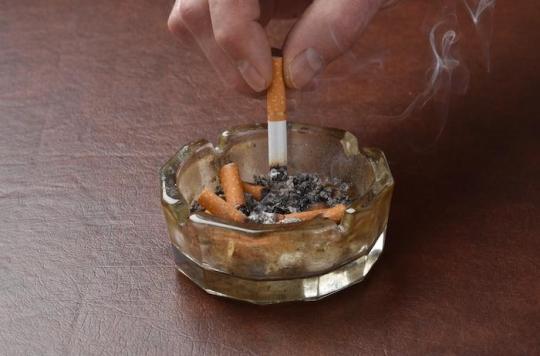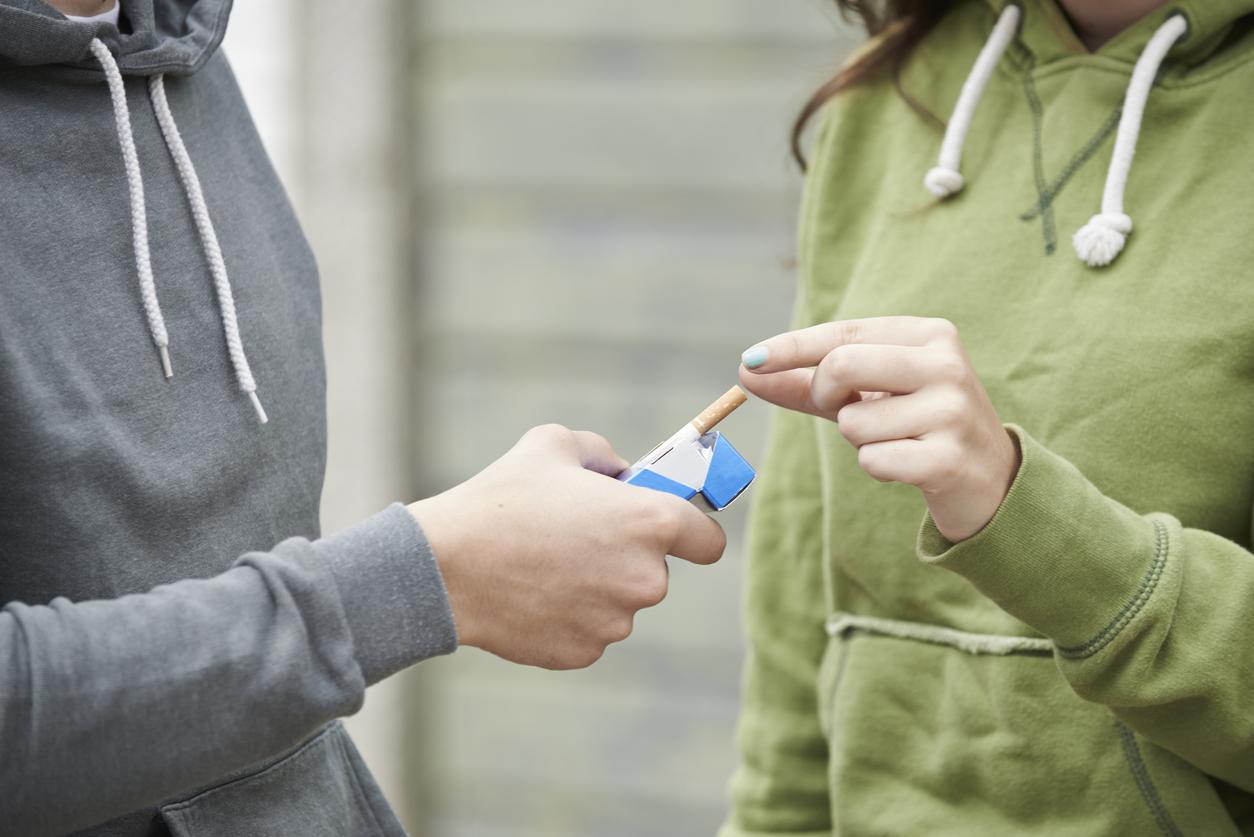To quit smoking, do not hesitate to take very high doses of nicotine.

Allowing smokers to track their nicotine intake while they’re trying to quit is likely to help them kick the bad habit, according to a small study conducted with 50 people. The results indicate that most smokers taking quit medications can easily tolerate doses four times higher than those normally recommended.
Higher doses are safe and well tolerated
According to the study director, “Smokers determine their nicotine intake while they smoke, but when they try to quit, their nicotine levels are dictated by the recommended dose of the treatment. These levels can be far too low for some people, which increases the likelihood that they will start smoking again.”
When nicotine replacement therapy was first evaluated in the 1970s, low doses were used due to concerns about toxicity and addiction. It then became apparent that nicotine itself, apart from tobacco products, has limited addictive potential and that higher doses are safe and well tolerated. Despite this, quit smoking medications have maintained lower levels of nicotine in their products.
84mg/day
The participants started taking a nicotine dose of 21 mg daily four weeks before the date they quit smoking. The dose was increased each week by 21mg, unless participants reported adverse effects or did not wish to increase the dose, to a maximum of four doses, totaling 84mg/day. The dose was reduced by 21 mg/day each week starting one week after the quit date, until it returned to the standard dose (21 mg/day) four weeks later.
Participants were advised to continue smoking as they wished throughout the pre-quitting period and were offered other oral nicotine replacement therapies. At the end of the experiment, the team found that:
– Of the 50 participants, 90% switched to at least three doses of nicotine, and 72% to four.
– 82% of participants successfully abstained from smoking for four weeks and saw no significant increase in withdrawal symptoms, including cravings.
Only 6% of participants dropped out of treatment
Smoking enjoyment decreased significantly during the pre-quitting period, and the intervention was found to be easy to adhere to. During the pre-quitting period, the number of cigarettes smoked per day also dropped significantly, from 20 per day at the start to 6 at the quitting date. Only 6% of participants dropped out of treatment. “Smokers are perfectly capable of determining which doses of nicotine they find useful. There is no risk of dangerous overdose, because nicotine has an effective safety valve in the form of nausea,” the scientists conclude.
The number one preventable cause of death
In France, smoking remains, despite a considerable drop in the number of smokers, the leading cause of avoidable mortality, with approximately 73,000 deaths each year. It can be the cause of multiple cancers (lung, throat, mouth, lips, pancreas, kidneys, bladder, uterus, esophagus), but also of cardiovascular diseases (myocardial infarction, cerebrovascular accidents, arteritis of the lower limbs, aneurysms, hypertension blood pressure) and erectile dysfunction.
Other pathologies have a link or are aggravated by smoking: gastritis, peptic ulcers, type II diabetes, hypercholesterolemia, hypertriglyceridemia, eczema, psoriasis, lupus, ENT infections (nose – throat – ears) and teeth, cataracts and AMD (Age-Related Macular Degeneration) which can lead to blindness. Not to mention periodontitis, gum disease that causes loosening and loss of teeth.

















